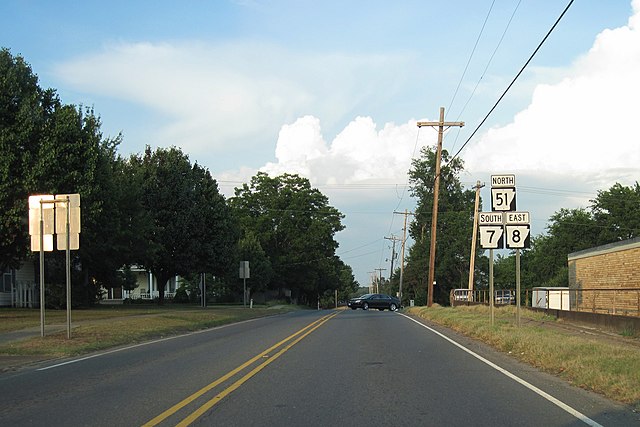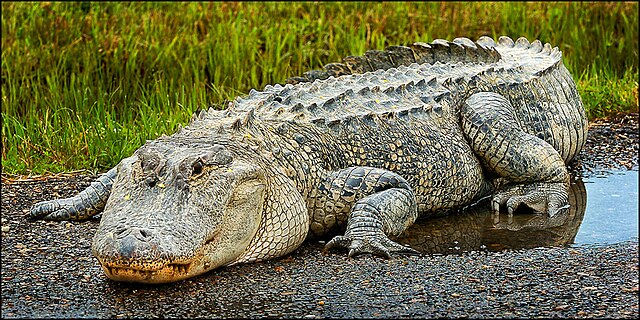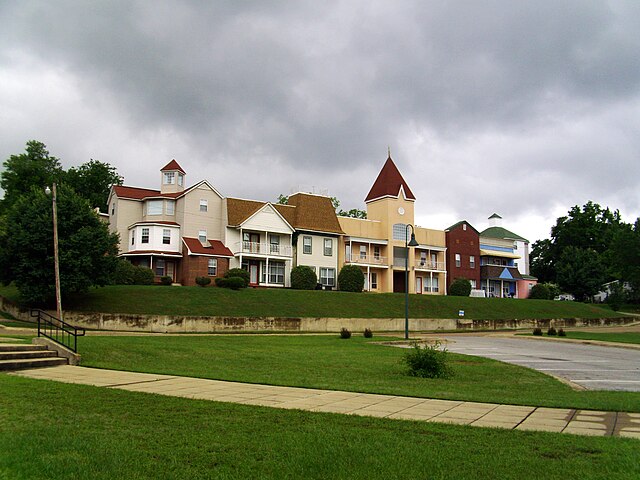Planning a trip to Arkadelphia, Arkansas? Weather can make or break your experience in this charming southern city. Whether you’re visiting Henderson State University, exploring the Ouachita River, or simply passing through, understanding Arkadelphia’s weather patterns will help you pack right and plan better.
You’ve probably wondered: what’s the weather really like in Arkadelphia throughout the year? From scorching summer days to unpredictable spring storms, this comprehensive guide breaks down everything you need to know about Arkadelphia’s climate.
Understanding Arkadelphia’s Climate Basics
Arkadelphia sits in the heart of Arkansas, experiencing a humid subtropical climate that’s characteristic of the American South. This means you’ll encounter hot, humid summers and mild winters with plenty of rainfall throughout the year.
Geographic Location and Weather Influences
Located in Clark County, Arkansas, Arkadelphia’s weather is influenced by its position in the Arkansas River Valley region. The city sits at approximately 34°N latitude, placing it squarely in the subtropical zone. This geographic positioning means weather systems from the Gulf of Mexico bring moisture and warmth, while Arctic air masses occasionally sweep down from the north.
The Ouachita Mountains to the west and the Mississippi River to the east create unique weather patterns. These geographic features can channel storm systems and influence precipitation patterns, making Arkadelphia’s weather both predictable and surprisingly variable.
Climate Classification
Meteorologists classify Arkadelphia’s climate as “Cfa” under the Köppen climate classification system. This designation indicates a humid subtropical climate with hot summers and no dry season. What does this mean for you? Expect year-round precipitation, with summer being the wettest season and winter the driest.
Average annual precipitation hovers around 50 inches, distributed fairly evenly throughout the year. However, don’t let this fool you—Arkansas weather can be notoriously unpredictable, especially during transitional seasons.
Spring Weather in Arkadelphia (March-May)

Spring in Arkadelphia is like nature’s grand awakening—beautiful but unpredictable. This season brings some of the most variable weather you’ll encounter anywhere in Arkansas.
Temperature Ranges and Rainfall
March temperatures typically range from lows in the mid-40s to highs in the upper 60s Fahrenheit. By May, you’re looking at lows in the 60s and highs reaching the low 80s. Spring is also prime time for severe weather, with April and May being peak months for thunderstorms and tornadoes.
Rainfall during spring averages about 4-5 inches per month, but this can vary dramatically. Some springs bring drought conditions, while others deliver flooding rains. The key to spring weather in Arkadelphia? Expect the unexpected.
What to Pack for Spring Visits
Spring packing requires layers—lots of them. Morning temperatures might require a light jacket, while afternoons could have you reaching for shorts and a t-shirt. Don’t forget a reliable umbrella and waterproof footwear. Severe weather is always a possibility, so check forecasts regularly and have a weather radio or smartphone app handy.
Summer Weather Patterns (June-August)
Summer in Arkadelphia isn’t for the faint of heart. Think of it as nature’s sauna—hot, humid, and intense. But don’t let that scare you away; there’s something uniquely charming about a southern summer.
Heat and Humidity Levels
June through August brings the year’s hottest weather, with average high temperatures climbing into the low 90s Fahrenheit. However, it’s not just the temperature—it’s the humidity that’ll get you. Heat index values often soar above 100°F, making it feel significantly hotter than the actual temperature.
Nighttime offers little relief, with lows typically staying in the mid-70s. Air conditioning isn’t a luxury during Arkadelphia summers; it’s a necessity. Plan indoor activities during peak afternoon hours (11 AM to 4 PM) when the sun’s intensity peaks.
Thunderstorms and Severe Weather
Summer afternoons in Arkadelphia often explode with dramatic thunderstorms. These aren’t your gentle spring showers—we’re talking about powerful storms that can drop several inches of rain in just a few hours. Lightning, hail, and strong winds are common companions to these summer storms.
The good news? Most summer storms are brief but intense, often clearing within an hour or two. The bad news? They can pop up with little warning, especially during the hottest part of the day.
Summer Safety Tips
Stay hydrated—seriously, this can’t be overstated. Carry water wherever you go and drink it regularly, even if you don’t feel thirsty. Wear light-colored, loose-fitting clothing and seek shade during peak sun hours. If you’re outdoors when a thunderstorm approaches, seek substantial shelter immediately.
Fall Weather in Arkadelphia (September-November)
Fall might just be Arkadelphia’s best-kept weather secret. This season offers relief from summer’s intensity while showcasing Arkansas’s natural beauty in spectacular fashion.
Temperature Changes and Foliage
September still carries summer’s warmth, with highs in the 80s, but October brings delightful relief. By November, you’re looking at comfortable highs in the 60s and crisp mornings in the 40s. This temperature drop triggers Arkansas’s famous fall foliage display.
The Ouachita Mountains near Arkadelphia transform into a painter’s palette of reds, oranges, and golds. Peak foliage typically occurs in mid to late October, making this an ideal time for outdoor photography and hiking.
Best Time for Outdoor Activities
Fall weather creates perfect conditions for exploring Arkadelphia’s outdoor attractions. DeGray Lake, just a short drive away, offers excellent fishing and boating conditions. The cooler temperatures and lower humidity make hiking and camping much more comfortable than summer months.
Rainfall decreases significantly in fall, with October being one of the driest months. This means more sunny days and fewer weather-related travel disruptions.
Winter Weather Conditions (December-February)

Winter in Arkadelphia is mild compared to northern states, but don’t pack away all your warm clothes just yet. Arkansas winters can surprise you with their variety.
Cold Snaps and Ice Storms
Average winter temperatures range from lows in the 30s to highs in the 50s. However, Arctic fronts can send temperatures plummeting into the teens or single digits for brief periods. These cold snaps rarely last more than a few days, but they can catch visitors off guard.
Ice storms pose the biggest winter weather threat in Arkadelphia. When warm, moist air overrides cold surface air, freezing rain creates hazardous driving conditions and can cause power outages. These events are relatively rare but can significantly impact travel plans.
Holiday Weather Expectations
December and January are typically the coolest months, with occasional frost and rare snow flurries. White Christmases are uncommon but not unheard of. Most winter precipitation falls as rain, keeping the landscape green year-round.
Monthly Weather Breakdown
Understanding month-by-month patterns helps you plan the perfect Arkadelphia visit. Each month has its own personality and weather characteristics.
Wettest and Driest Months
May typically brings the most rainfall, coinciding with peak severe weather season. December and January are usually the driest months, though winter can occasionally surprise with heavy rain events. Spring months (March-May) account for about 35% of annual precipitation, making them the wettest season overall.
Extreme Weather Events
Arkadelphia has experienced its share of extreme weather. Tornadoes, while not common, do occur, typically during spring months. The most significant tornado threat occurs between April and June. Flash flooding can happen year-round but is most common during spring and early summer.
Heat waves during summer can push temperatures above 100°F for several consecutive days. Conversely, winter cold snaps can bring sub-freezing temperatures for extended periods, though this is less common.
Best Times to Visit Arkadelphia
Timing your visit can make all the difference in your Arkadelphia experience. Consider your priorities and weather tolerance when planning.
Ideal Weather Windows
Late September through early November offers the most pleasant weather conditions. Temperatures are comfortable, humidity decreases, and rainfall is at its lowest. This period coincides with beautiful fall foliage, making it doubly attractive for visitors.
Early to mid-April can also provide excellent weather, though you’ll need to watch for severe weather possibilities. Spring brings wildflowers and green landscapes but also unpredictable conditions.
Seasonal Activities and Events
Summer, despite its heat, hosts many outdoor festivals and events. The key is planning activities for early morning or evening hours. Winter offers fewer outdoor events but provides opportunities for indoor cultural activities and cozy small-town experiences.
Weather Preparation Tips for Visitors
Smart preparation makes any weather manageable. Here’s how to stay comfortable regardless of when you visit Arkadelphia.
Essential Items to Pack
Year-round essentials include sunscreen, insect repellent, and a compact umbrella. Layer-friendly clothing works best, allowing you to adapt to changing conditions throughout the day. A light jacket is useful even in summer for over-air-conditioned indoor spaces.
Seasonal additions: spring requires rain gear and layers; summer needs cooling towels and extra water; fall calls for light sweaters; winter requires a warm coat for cold snaps.
Local Weather Resources
The National Weather Service office in Little Rock provides detailed forecasts for the Arkadelphia area. Local news stations offer specific regional forecasts, and weather apps can provide real-time radar and alerts. Don’t rely solely on national weather apps—local resources understand Arkansas’s unique weather patterns better.
Climate Change Impact on Arkadelphia Weather

Like many locations across the United States, Arkadelphia is experiencing subtle shifts in weather patterns. Summers are becoming slightly hotter and more humid, while winter cold snaps are becoming less frequent but potentially more intense when they occur.
Precipitation patterns are also shifting, with more intense rainfall events becoming common. This doesn’t necessarily mean more total rainfall, but rather rain falling in heavier bursts with longer dry periods between events. These changes affect everything from agriculture to flood management and visitor planning.
Conclusion
Arkadelphia’s weather tells the story of a classic Southern climate—warm, humid, and full of personality. From spring’s dramatic storms to summer’s intense heat, fall’s perfect conditions, and winter’s mild temperatures, each season offers something unique. The key to enjoying Arkadelphia weather lies in preparation and flexibility.
Remember that Arkansas weather can change quickly, so stay informed about current conditions and forecasts. Pack layers, carry an umbrella, and embrace the humidity—it’s all part of the authentic Arkadelphia experience. Whether you’re here for education, outdoor recreation, or simply passing through, understanding these weather patterns will help you make the most of your time in this charming Arkansas city.
Weather shouldn’t dictate your travel plans, but it should inform them. With this guide in hand, you’re ready to experience Arkadelphia in any season, prepared for whatever Mother Nature might bring to Arkansas’s heartland.
Frequently Asked Questions
1. What is the rainiest month in Arkadelphia, Arkansas?
May typically sees the most rainfall in Arkadelphia, averaging 4-5 inches, coinciding with peak severe weather season. Spring months generally bring the most precipitation, with thunderstorms and occasional severe weather contributing to higher rainfall totals.
2. Does it snow in Arkadelphia during winter?
Snow is rare in Arkadelphia, occurring only a few times per decade. When it does snow, accumulations are typically light and melt quickly. Ice storms pose a more significant winter weather threat than snow, creating hazardous driving conditions.
3. When is tornado season in Arkadelphia?
Tornado season runs from April through June, with May being the peak month. While tornadoes are not extremely common in Arkadelphia, the city lies within Arkansas’s tornado-prone region, making weather awareness crucial during spring months.
4. What’s the best month to visit Arkadelphia for outdoor activities?
October offers the ideal combination of comfortable temperatures, low humidity, and minimal rainfall. Fall foliage adds natural beauty, and the decreased likelihood of severe weather makes it perfect for hiking, fishing, and other outdoor pursuits.
5. How hot does it get in Arkadelphia during summer?
Summer temperatures regularly reach the low 90s Fahrenheit, but heat index values often exceed 100°F due to high humidity. The hottest months are July and August, when nighttime temperatures rarely drop below the mid-70s, providing little relief from the heat.

